In the 69 years of its existence the Soviet Union, or USSR, became an industrial and technological behemoth. The communist union of republics (many of which were unwilling members that were kept behind the iron curtain by force), sent the first man into space, was the catalyst behind the defeat of the Nazis and had a list of rather impressive achievements in its short history, despite obvious flaws in the makeup of its society.
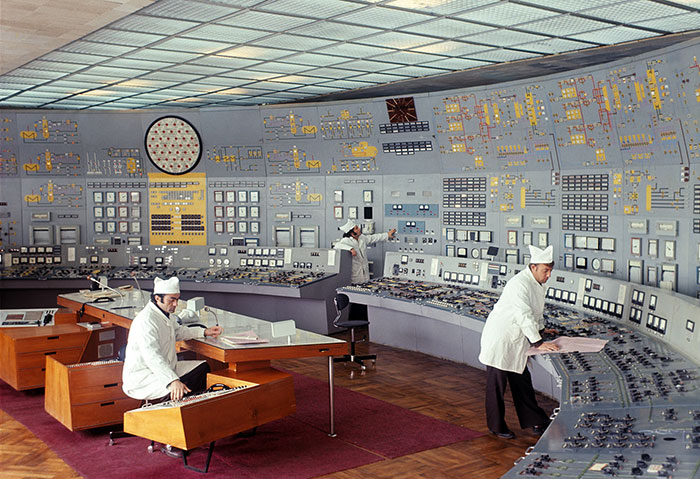
Image credits: openrussia.org
In some countries today, Russia and Belarus in particular, citizens of a certain age look back at Soviet times with a certain degree of nostalgia. Life was tough, freedoms were severely limited and foreign travel was all but impossible save for the privileged elites, but there was a certain degree of safety and security that doesn’t exist anymore.
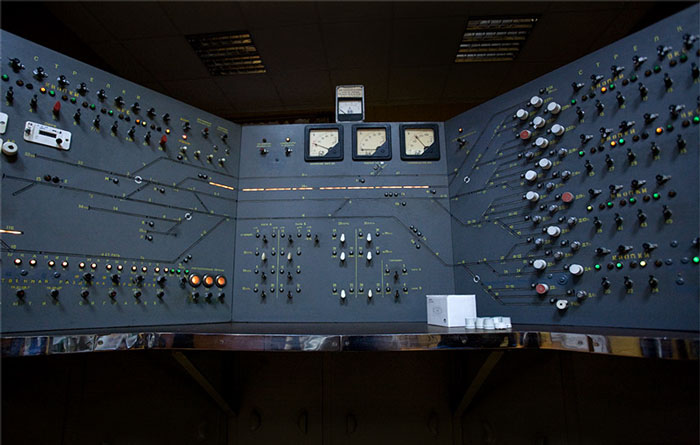
Image credits: ru-metro.livejournal.com
From the ashes of the USSR there has grown a thriving subculture of retro Soviet nostalgia, with the distinctive fashion, architecture, abandoned industry and iconography of the times lending itself well to the hipster culture of today. Youth who never had to experience the often brutal reality of life in Soviet times sip lattes in cafes dotted with posters of Lenin, Trotsky and Yuri Gagarin, oblivious to the pain and suffering that entire nations sent to the gulags had to endure. Of course, it differs from country to country. While the hammer and sickle can be seen displayed openly in Russia today, all communist symbols are illegal in Lithuania, Latvia, Ukraine and Poland, amongst others.
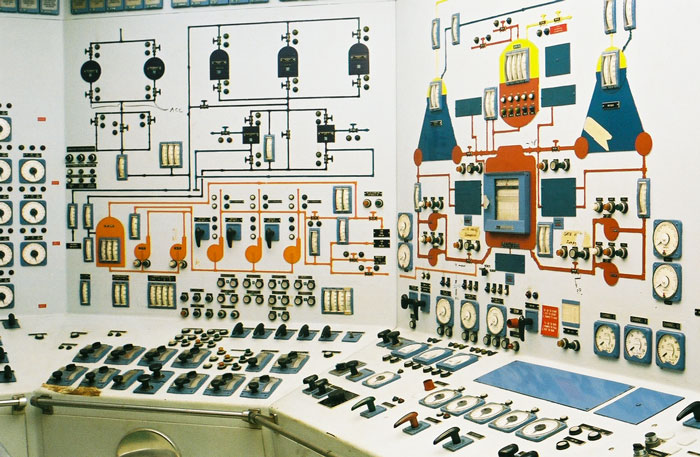
Image credits: wikipedia
One thing we can all appreciate, however, is the strange beauty of these Soviet-era control rooms. Before digitization, things like power plants, railway systems, space programs and nuclear weapons had to be monitored by huge banks of buttons, switches, gauges and dials that looking back, seem like something out of classic science fiction.

Image credits: andrianov.ru
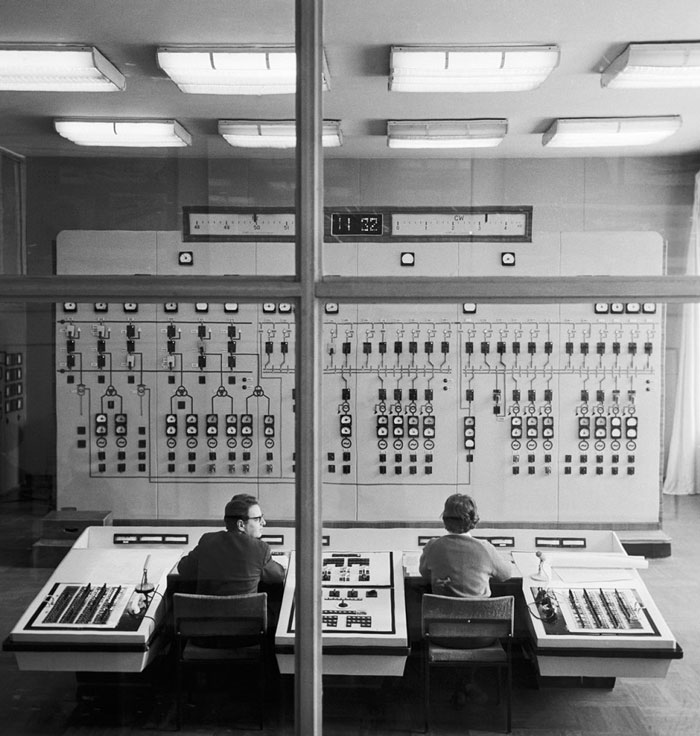
Image credits: republic.ru
These kind of control rooms conjure up images, for me anyway, of the day when it all went wrong. On 25th April 1986 the Chernobyl nuclear power plant in Pripyat, Ukraine, had a catastrophic explosion and fire, caused by human error, that resulted in the world’s worst nuclear accident.
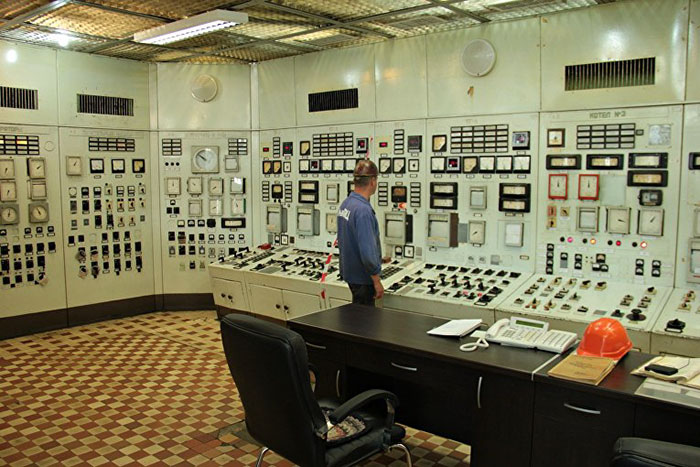
Image credits: crimea.ria.ru
According to Reuters, facility operators, in violation of safety regulations, had switched off important control systems at the plant’s reactor number four and allowed it to reach unstable, low-power conditions. A power surge led to a series of blasts, at 1.24 a.m., which blew off the reactor’s heavy steel and concrete lid and sent a cloud of radioactive dust billowing across northern and western Europe, reaching as far as the eastern United States.
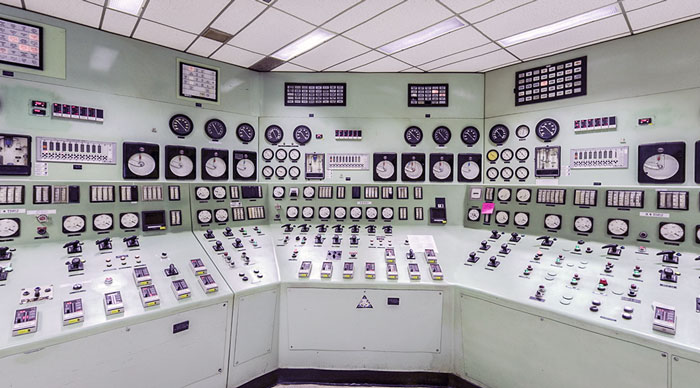
Image credits: forca.ru
The cloud of radioactive strontium, caesium and plutonium affected mainly Ukraine and neighboring Belarus, as well as parts of Russia and Europe.
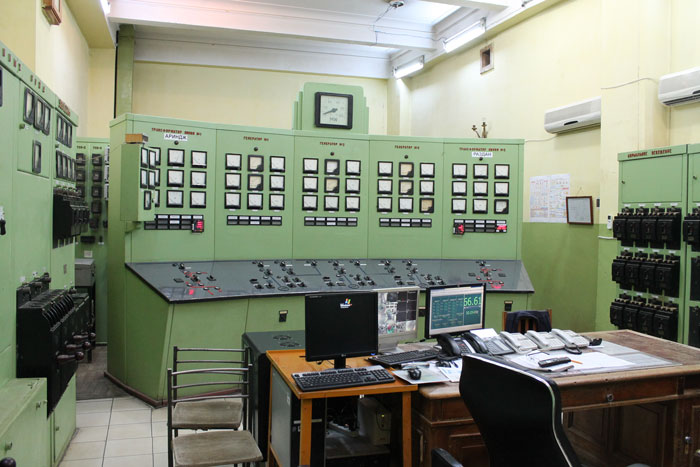
Image credits: saiga20k.livejournal.com
The Chernobyl Forum, a group of eight U.N. agencies, and the governments of Ukraine, Belarus and Russia, have estimated the death toll at only a few thousand as a result of the explosion. U.N. agencies have said some 4,000 people will die in total because of radiation exposure.
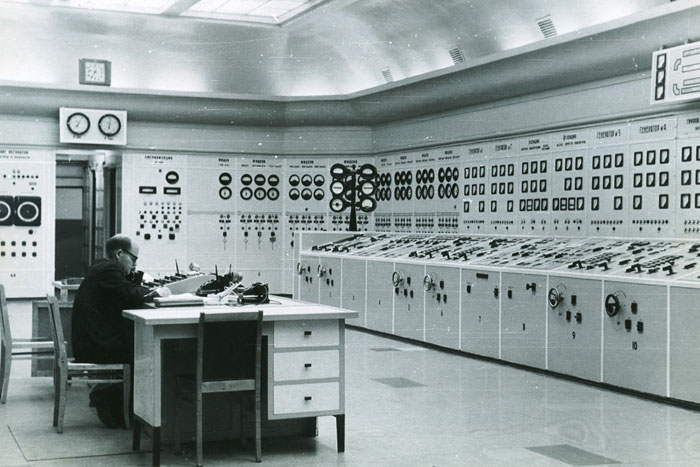
Image credits: www.diary.ru
However, the environmental group Greenpeace puts the eventual death toll far higher than official estimates, with up to 93,000 extra cancer deaths worldwide, while the Chernobyl Union of Ukraine, a non-government body, estimates the present death toll from the disaster at almost 734,000.
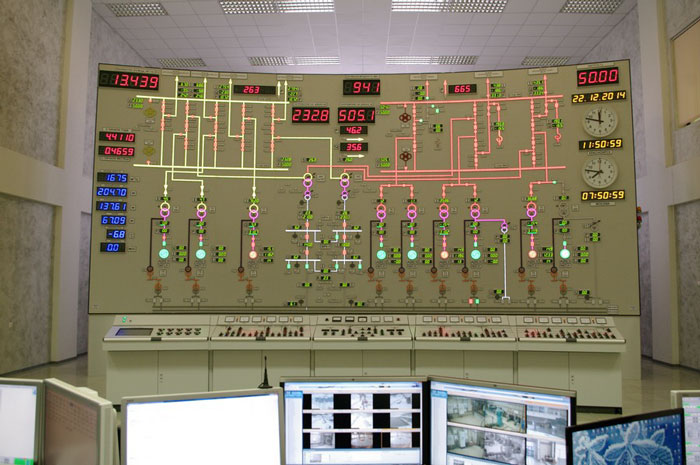
Image credits: www.rushydro.ru
The disaster was the object of a cover-up by secretive Soviet authorities who did not immediately admit to the explosion. Eventually, a make-shift cover — the ‘Sarcophagus’ — was built, in the six months after the explosion. It covers the stricken reactor to protect the environment from radiation for at least 30 years. This has now developed cracks, triggering an international effort to fund a new encasement. Radioactive nuclear fuel is still being removed from the plant today.
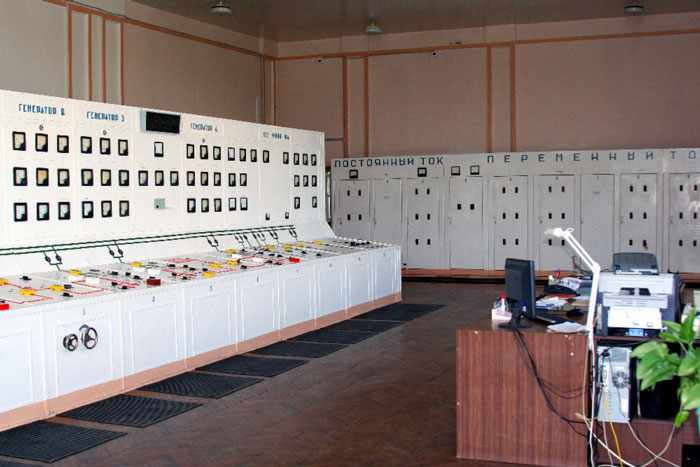
Image credits: gazprom.ru
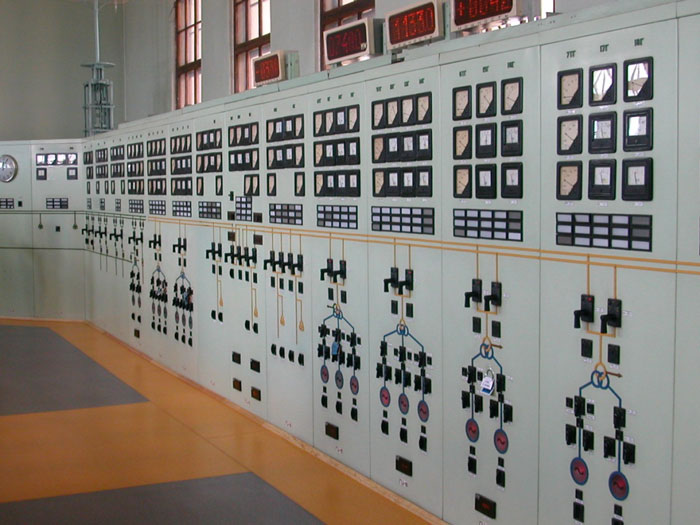
Image credits: sms-automation.ru
A 30-km (19-mile) exclusion zone is in place around the disaster site, where wildlife has made a comeback and there are said to be more than 60 different types of mammals living there including wild boar and elk. Wolves are doing especially well, with a population that is seven times the size of wolf populations in neighboring reserves.
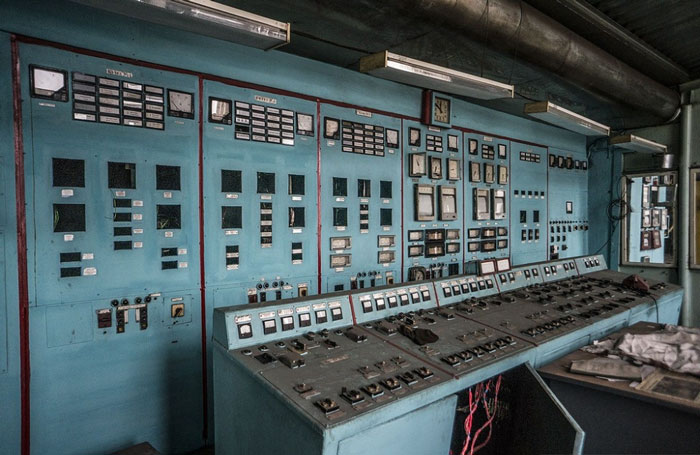
Image credits: dlyakota.ru
Far from becoming the barren wasteland that many predicted after the catastrophic event the area has, in the absence of humans, become host to a great biodiversity. It really shows the power of nature to recover when left alone, without us around to get in the way of things.
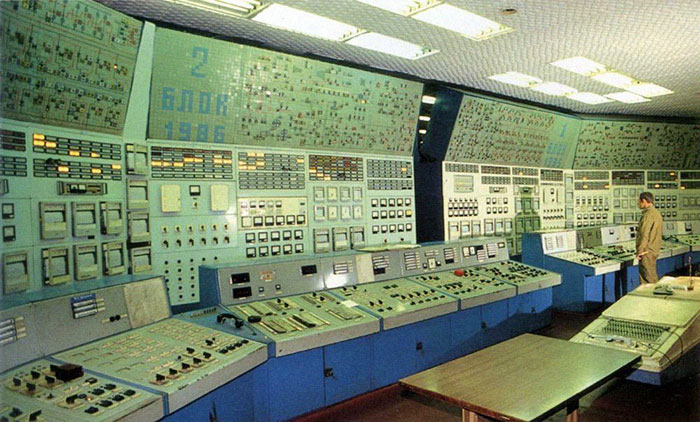
Image credits: museum.rao-esv.ru
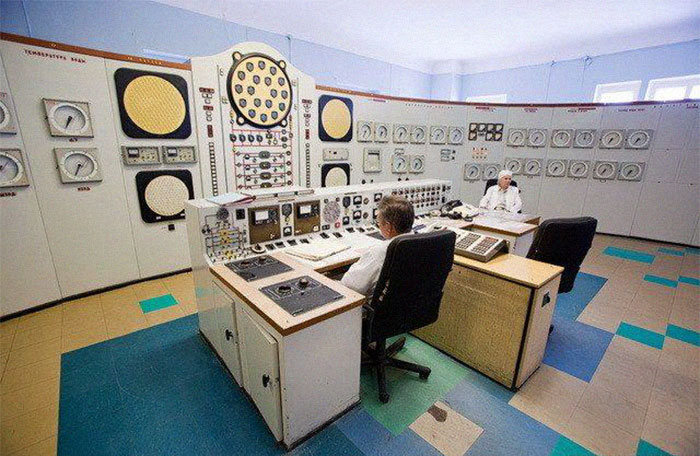
Image credits: maxpark.com
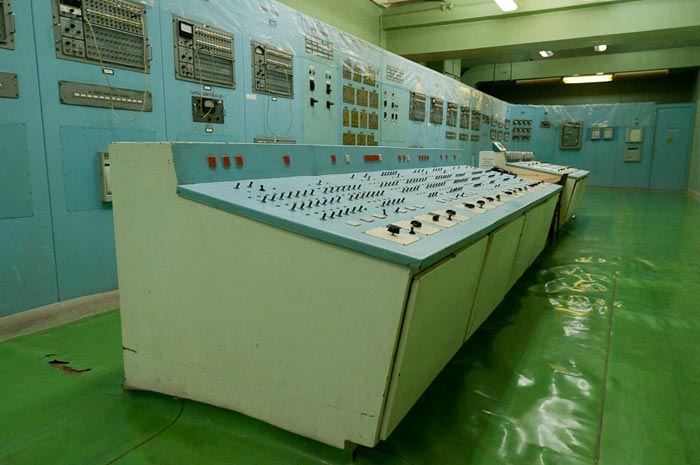
Image credits: echo.msk.ru
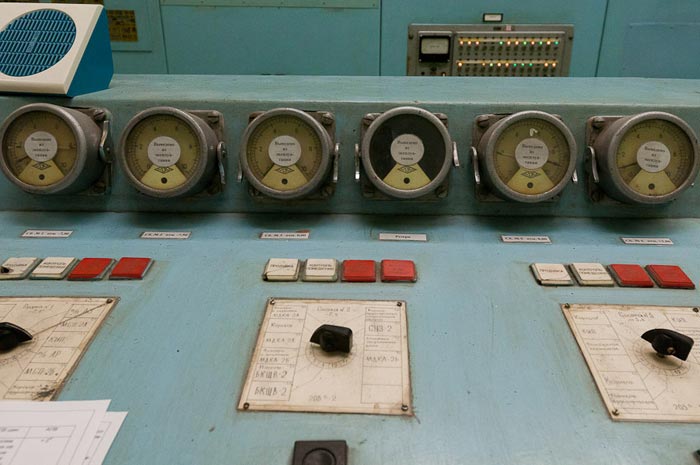
Image credits: echo.msk.ru
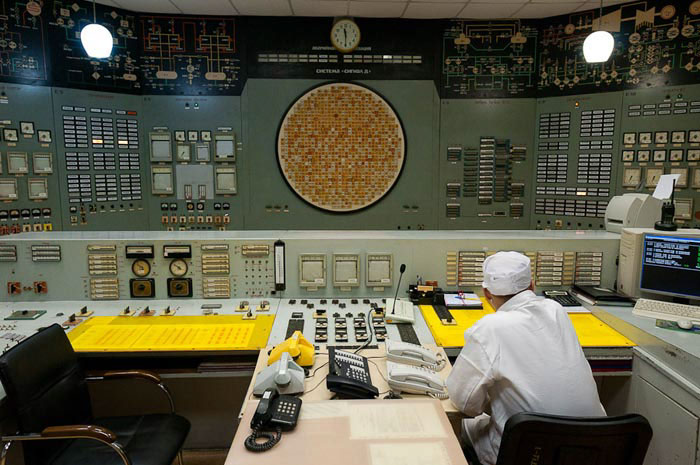
Image credits: blog.presentandcorrect
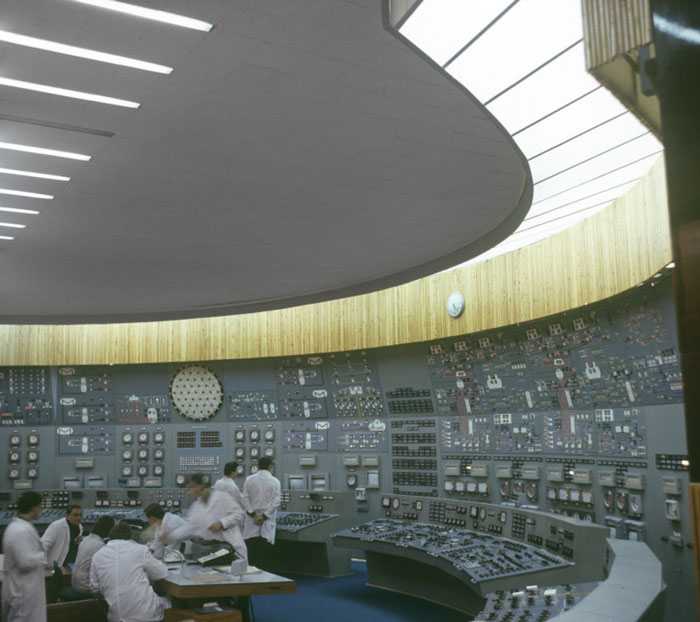
Image credits: blog.presentandcorrect
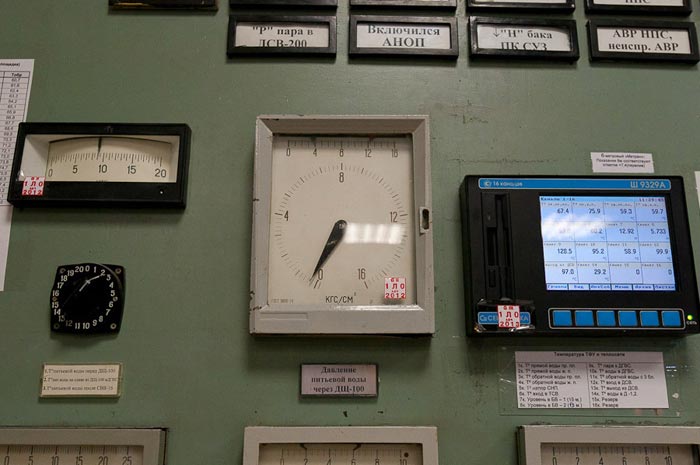
Image credits: echo.msk.ru
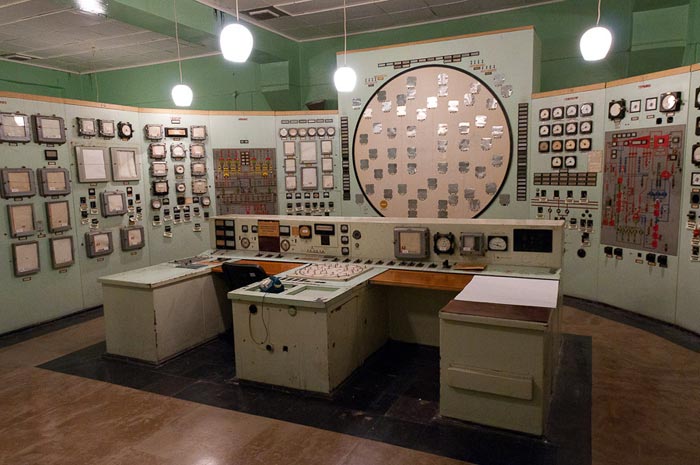
Image credits: echo.msk.ru
One can imagine the panic in Chernobyl’s control room, pictured below, as a chain reaction sent the nuclear reactor out of control. The dials and alarms going off the charts as workers were urged to evacuate before the huge explosion.
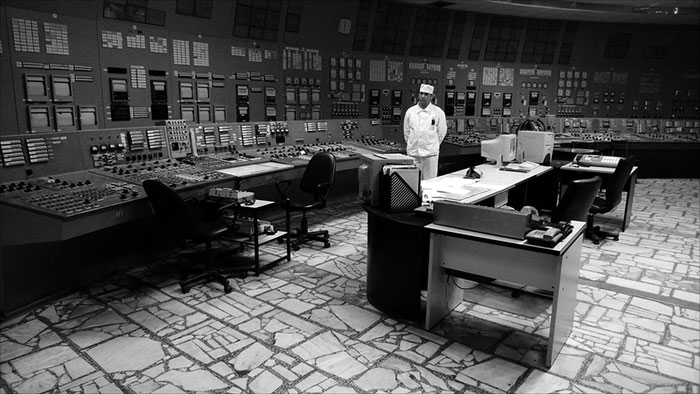
Image credits: BBC
You can now visit the Chernobyl exclusion zone on day tours from Kyiv, taking in the spooky and tragic scenes for yourself to appreciate the true scale of the disaster. All areas safe from excessive radiation are accessible, and visitors report a profound and educational experience. Would you visit Pripyat and the Chernobyl exclusion zone? Let us know what you think in the comments below!
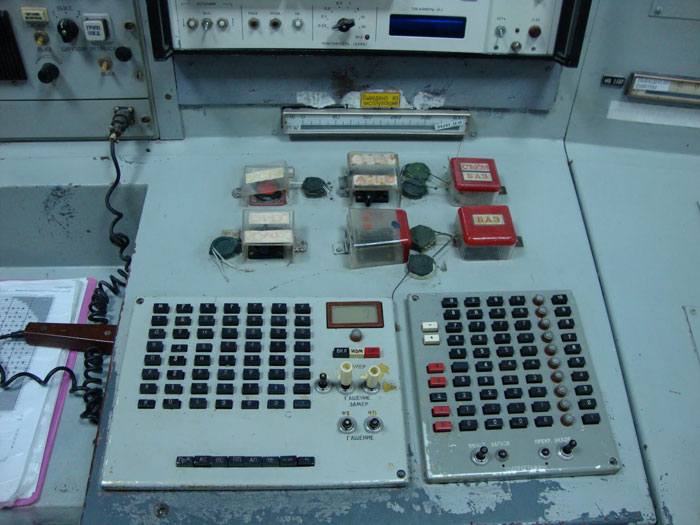
Image credits: sovietologist
by Mindaugas via Bored Panda - Source

No comments: